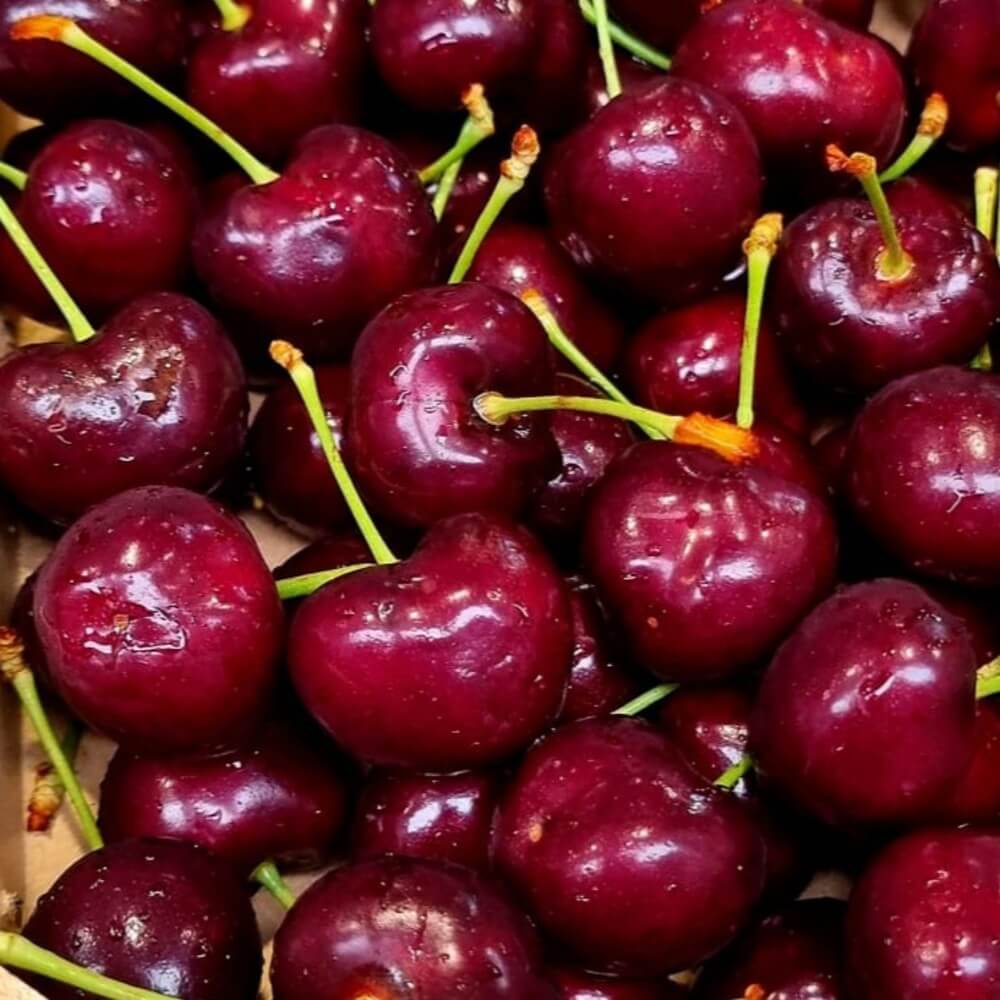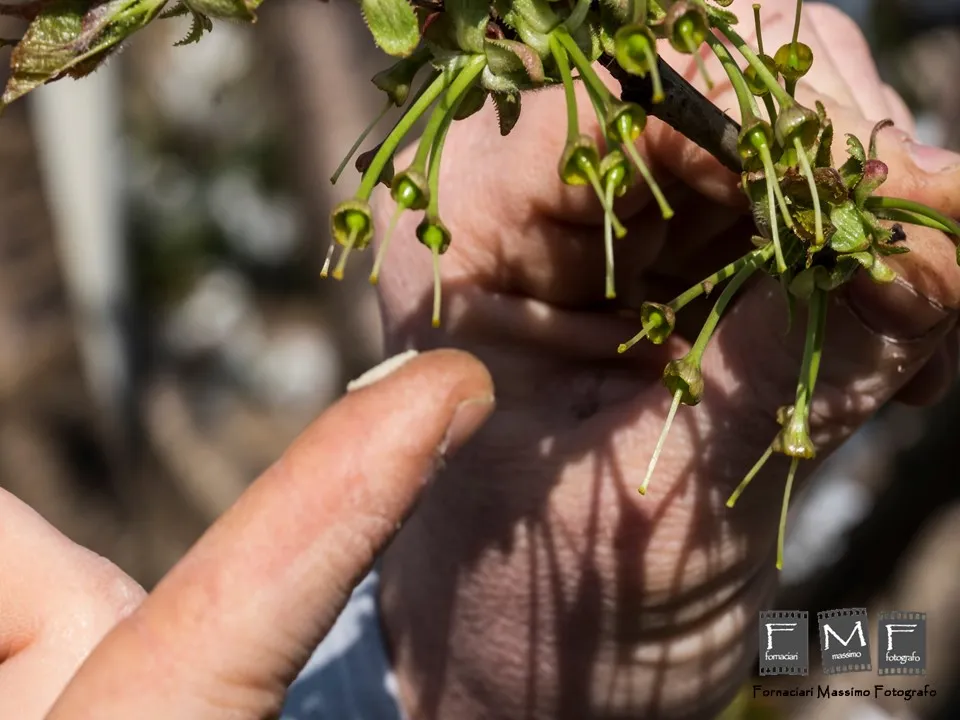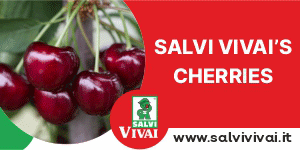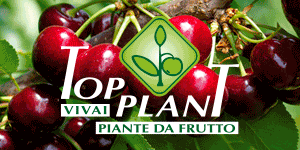Irregular blooming and unstable weather slow down the early varieties. Good yields expected from May, but fairer prices are needed for growers.
The cherry season in California will begin with a slight delay compared to the average and with a lower-than-usual initial availability. This is reported by Joe Cataldo, president of J&M Farms and Delta Packing Co., who confirms a drop in yield for early varieties due to fluctuating weather conditions during blooming.
“The blooming stages were affected by rain, wind, and heat spikes,” explains Cataldo. “After two seasons of abundant production, this year’s volumes will be below average for the early varieties.”
Lower production, but quality fruit
The good news is that the fruit quality expected for 2025 looks promising: cherries with a larger size and excellent appearance, especially for the later-harvesting varieties, which are now in full bloom. Harvesting will begin about a week late, but volumes will be "promotable" between May 5 and June 10.
Some areas may reach typical volume levels, but the trend remains uneven. Notably, there will be no overlap with Pacific Northwest production, which should allow for a smooth transition between production areas without harming California growers, as has happened in the past.
Prices too low: a threat to the supply chain
One critical issue remains the market price level, which in recent years has penalized California growers. “If prices don’t go up, it will be hard to cover rising harvest costs in a year with fewer fruits,” warns Cataldo. Moreover, prices that are too low in California could also negatively impact the Pacific Northwest market.
Demand, at least at the start of the season, is expected to be strong. However, a well-calibrated promotional strategy is needed from distributors to ensure that competition from other summer fruits and vegetables doesn’t drown out consumer interest in cherries.
Communication and future outlook
Another challenge for California concerns the new early varieties, which are often unfamiliar to the public. “Consumers buy a bag of cherries without knowing the variety. If the experience isn’t good, they might not buy again—even when the Bing cherries arrive—our best cherries,” Cataldo points out. He concludes: “Our best cherry is the last one, but it’s often the one that gets paid the least.”
The 2025 California cherry season will thus be a litmus test for the entire supply chain, facing climatic challenges, the need for economic balance, and consumer communication. A scenario that closely mirrors dynamics seen in European markets, where varietal differentiation and consumer loyalty have become key factors for the sector’s sustainability.
Source: freshplaza.com
Cherry Times - All rights reserved













